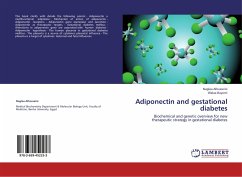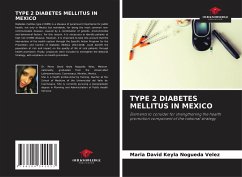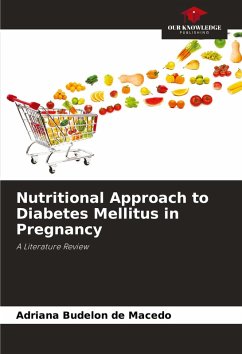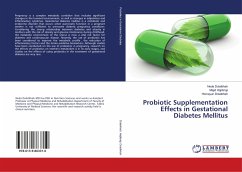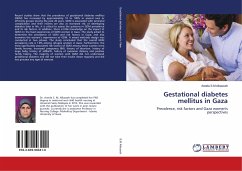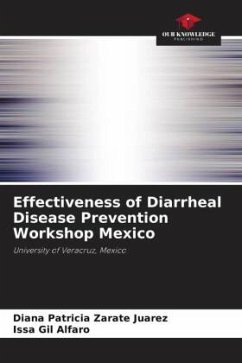
First trimester gestational diabetes mellitus
Any difference in perinatal outcomes at the Maternal and Child Regional Hospital in Nuevo Leon, Mexico?
Versandkostenfrei!
Versandfertig in 6-10 Tagen
18,99 €
inkl. MwSt.

PAYBACK Punkte
9 °P sammeln!
The occurrence of gestational diabetes mellitus (GDM) parallels the prevalence of glucose intolerance, obesity and type 2 diabetes mellitus in a given population. These conditions are increasing worldwide. Gestational diabetes mellitus is the most common metabolic complication of pregnancy and is associated with significant maternal and neonatal morbidities. It is a carbohydrate-intolerance disorder first recognized during pregnancy and caused by placental diabetic hormones. It has a prevalence of 7% and is a growing problem worldwide, with rates varying according to racial-ethnic origin. In t...
The occurrence of gestational diabetes mellitus (GDM) parallels the prevalence of glucose intolerance, obesity and type 2 diabetes mellitus in a given population. These conditions are increasing worldwide. Gestational diabetes mellitus is the most common metabolic complication of pregnancy and is associated with significant maternal and neonatal morbidities. It is a carbohydrate-intolerance disorder first recognized during pregnancy and caused by placental diabetic hormones. It has a prevalence of 7% and is a growing problem worldwide, with rates varying according to racial-ethnic origin. In this study we used the IADPSG criteria to analyze the potential benefit that an early diagnosis of GDM before 15 weeks could provide. Generally, the diagnosis of GDM is made in the second trimester, which is why the main question of this research emerges, is there a difference in maternal complications and perinatal outcomes after detecting GDM before 24 weeks? Is there evidence of a benefit in early diagnosis before 15 SDG?



